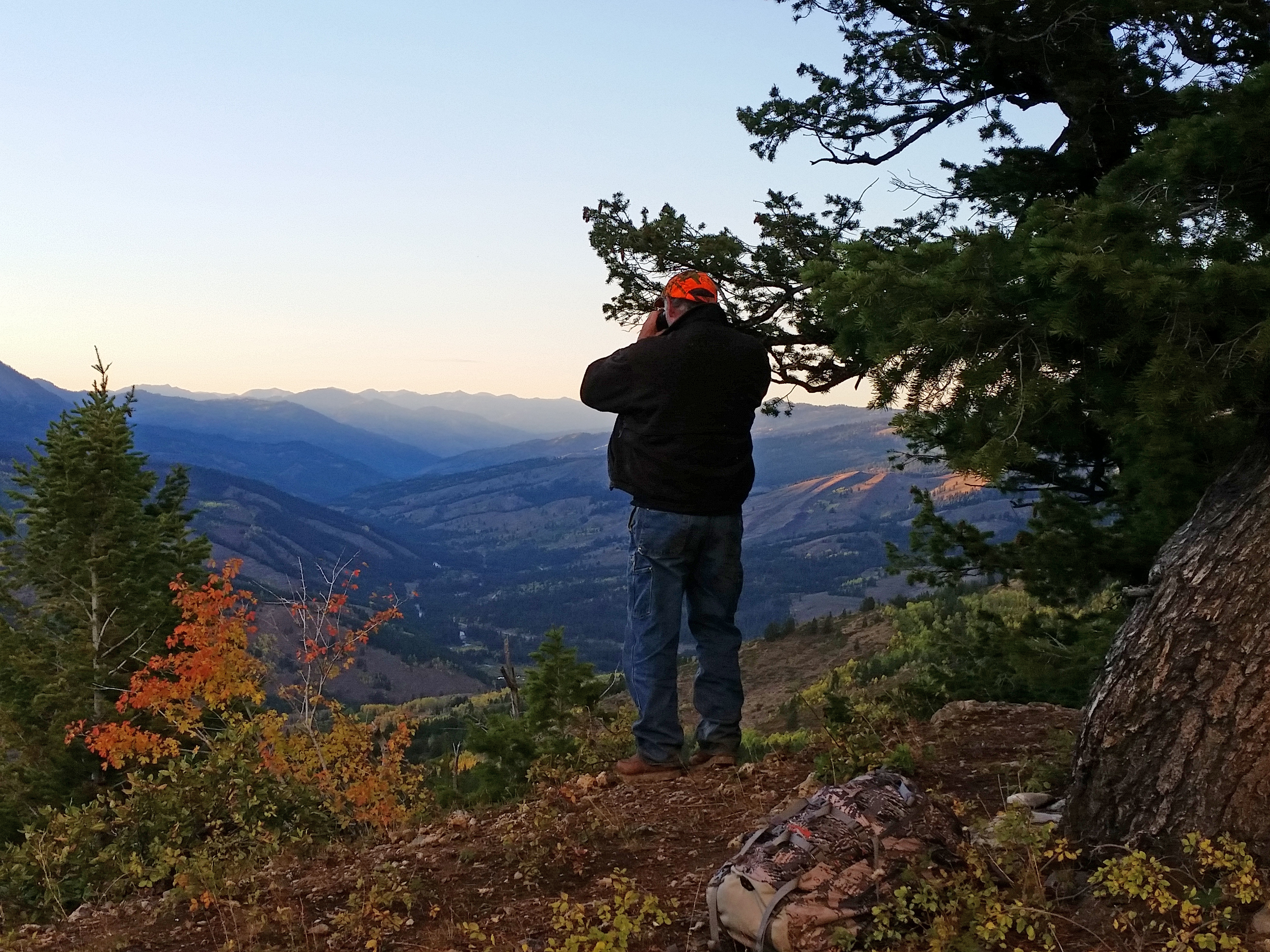How to Prepare for Hunting Season: Fitness Edition
Disclaimer: while we aren’t doctors, these are fitness tips (for hunting) that we find beneficial. Please consult your physician or certified physical trainer if you have any questions.
Traversing a mostly untouched terrain, with a heavy pack of hunting gear in tow, is certainly taxing. From now until August, though, you can prepare your body to climb through rocky mountain slopes, brace muddy hillsides, and race after agile animals. Through frequent exercise and a nutrient-dense diet, you can prepare your body to endure even the toughest landscapes and the most challenging trophies.
While much of the hunting environment is anything but forgiving, you can train your body to swiftly and efficiently keep up with your prey. Small lifestyle changes from now until August will make all of the difference! While at the gym, we recommend focusing on the following exercises and body parts: core / stability work, lower-body lunges and squats (with a barbell overhead), arm and upper-back conditioning, and cardio. A combination of cardio and strength training will help you traverse high elevations, brush-filled hills, and rocky peaks.
When it comes to western hunting, your entire body (and being) will be put to the test; however, in order to enjoy the rigors of mountainous landscapes, you’ll want cardio endurance and leg / core strength at the forefront of your offseason workouts. In essence, taking your fitness to the next level will improve your hunting skills, both in strength and agility.

That said, hunting a variety of animals means you’ll want to incorporate a variety of workouts. For example, elk hunting (or any rough-country hunt with drastic elevation changes) requires a different kind of fitness than your usual antelope hunt. You’ll want to incorporate HIIT (high-intensity-interval-training) a few days a week into your exercise routine. You can read about the benefits of HIIT / tabata-style training here. But for antelopes, given that you’ll be crawling on your hands and knees, incorporating “crab walks” and “bear crawls” into your workouts will improve your body’s overall deftness. You can read about those exercises here.
Whether you’re hunting any of the aforementioned animals — or even black bears or moose — a strong physical condition is key. Alternating between cardiovascular and muscular workouts will improve your stamina, your lung capacity, and even your mental clarity. For example, you could begin your workout with 30-minutes of steady-state jogging or brisk walking, then end your workout with 30-minutes of core exercises, lunges, bicep curls, etc. Alternatively, another workout could include crossfit-style HIIT followed by a vinyasa yoga class (yes, even the most bold, masculine hunters can benefit from yoga). Remember that adding in stretching, foam rolling, and yoga are all beneficial in aiding in recovery and maintaining muscle longevity. However, if you’re ready to get outdoors, go on a long hike with a 20-lb pack on your back.
While exercise is important, so is rest! Be sure to schedule rest days (at least once a week) to help your body heal. A proper diet, plenty of water, and muscle recovery are just as critical as the workouts themselves. Happy training! You’ve got this. And here at SNS, we’re cheering you on.
To contact us to book a hunt or ask a question feel free to call 307.266.4229 or click here. You can also request our NEW 2018 brochure by clicking here.

